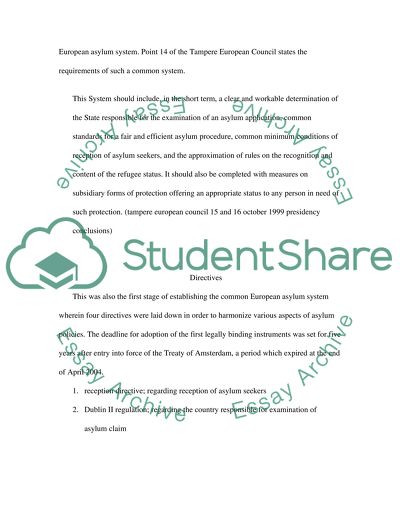Cite this document
(“The Common European Asylum Essay Example | Topics and Well Written Essays - 3750 words”, n.d.)
The Common European Asylum Essay Example | Topics and Well Written Essays - 3750 words. Retrieved from https://studentshare.org/law/1506643-the-common-european-asylum
The Common European Asylum Essay Example | Topics and Well Written Essays - 3750 words. Retrieved from https://studentshare.org/law/1506643-the-common-european-asylum
(The Common European Asylum Essay Example | Topics and Well Written Essays - 3750 Words)
The Common European Asylum Essay Example | Topics and Well Written Essays - 3750 Words. https://studentshare.org/law/1506643-the-common-european-asylum.
The Common European Asylum Essay Example | Topics and Well Written Essays - 3750 Words. https://studentshare.org/law/1506643-the-common-european-asylum.
“The Common European Asylum Essay Example | Topics and Well Written Essays - 3750 Words”, n.d. https://studentshare.org/law/1506643-the-common-european-asylum.


